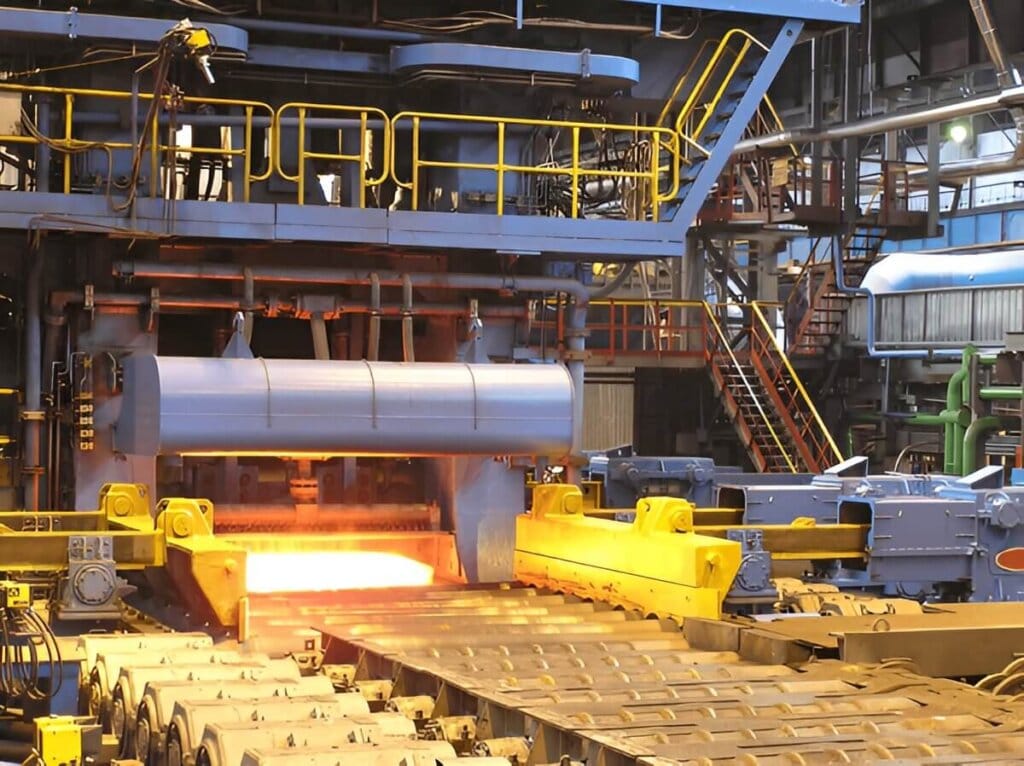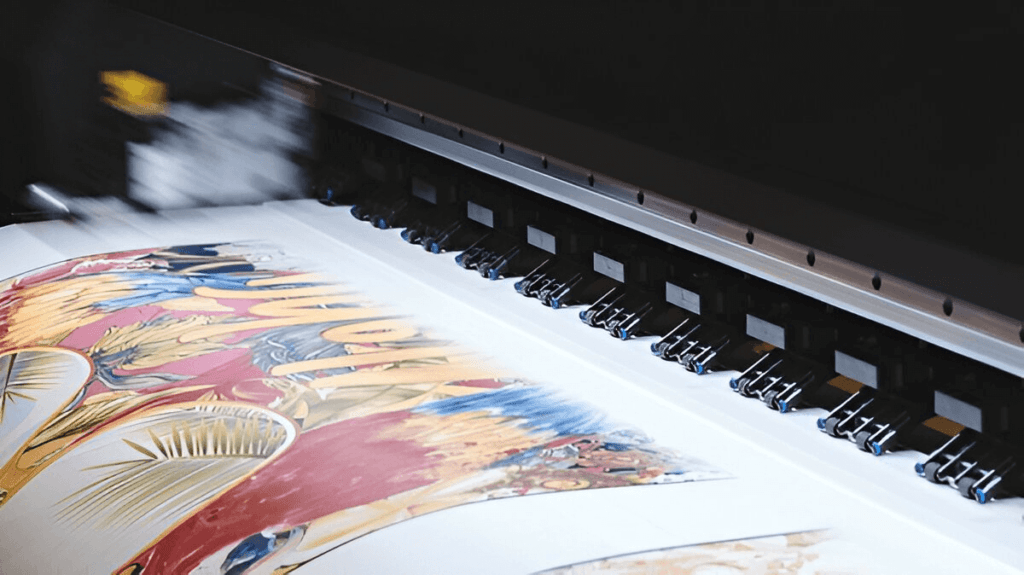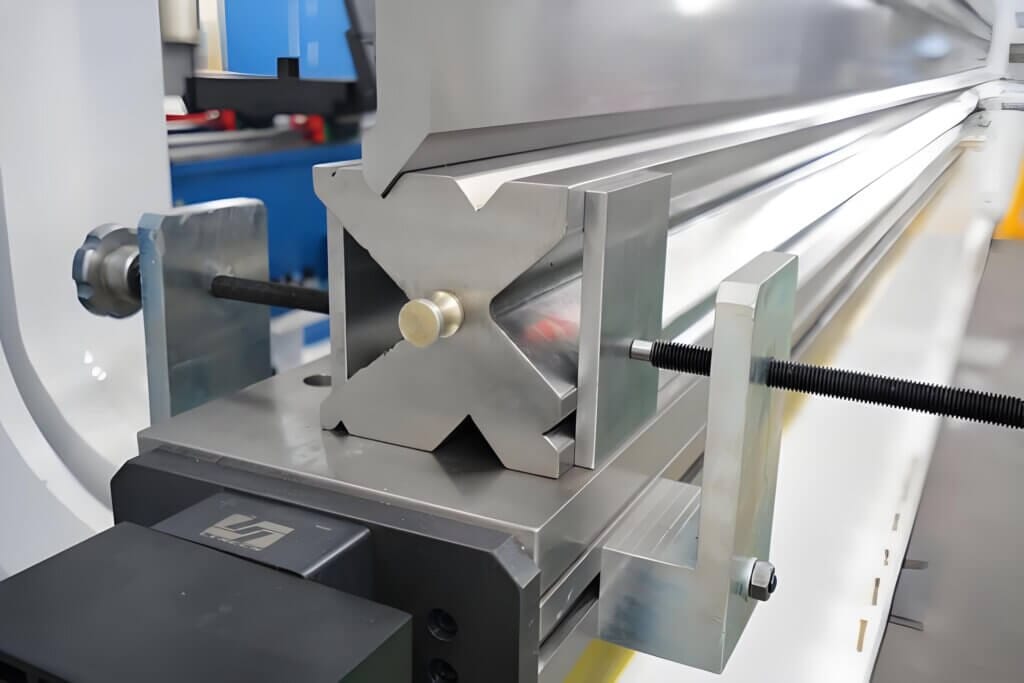Understanding Blade Cast: Applications, Benefits, and Industry Trends
Blade cast is a foundational process in modern manufacturing, delivering durable and precise components for industries ranging from aerospace to automotive. By casting blades with tailored materials and designs, businesses can achieve unparalleled efficiency and reliability in their operations.

What is Blade Cast?
Blade cast refers to the process of forming blades through casting, a method where molten material is poured into a mold to create a desired shape. Materials such as steel, tungsten carbide, and specialized alloys are commonly used. Industries like energy production, packaging, and heavy machinery depend on blade casting for components that endure high stress and repetitive use.
Key Benefits of Blade Cast
The durability of cast blades is unmatched, making them ideal for applications requiring high wear resistance. Additionally, the process allows for extensive customization, enabling businesses to design blades tailored to their unique specifications. This approach reduces material waste and ensures cost-efficiency, especially in large-scale manufacturing.
Industry Pain Points and How Blade Cast Solves Them
In industrial environments, wear and tear can lead to frequent replacements and costly downtime. Blade cast addresses these challenges by offering robust, long-lasting components. The precision of cast blades ensures smooth operations, reducing disruptions and enhancing overall productivity.
Emerging Trends in Blade Cast Technology
The blade cast industry is evolving with innovations such as sustainable material usage and advanced manufacturing methods like additive manufacturing. These trends not only reduce environmental impact but also enhance the performance of cast blades. For example, the integration of smart sensors in blade design is gaining traction, allowing for real-time monitoring of wear and efficiency.
How to Choose the Right Blade Cast Solution
Selecting the right blade cast solution involves assessing the application, the material required, and the blade’s design. Collaborating with reputable manufacturers who adhere to industry certifications is crucial to ensuring quality. Additionally, understanding the specific demands of your industry will guide you to the optimal choice.
Case Studies: Real-World Applications of Blade Cast
In the renewable energy sector, blade cast components are used in wind turbines to maximize efficiency. In automotive manufacturing, cast blades ensure precision in cutting and shaping parts. These success stories highlight the transformative potential of investing in the right blade cast solutions.
The Future of Blade Cast
As industries prioritize sustainability and efficiency, the demand for innovative blade cast solutions will continue to grow. The integration of AI-driven design processes and the use of recycled materials are set to redefine the capabilities of cast blades, positioning them as a cornerstone of industrial advancement.
Conclusion
Blade cast is a vital process that addresses key challenges in modern manufacturing. By choosing the right solutions and staying informed about emerging trends, businesses can elevate their operations, reduce downtime, and stay ahead in competitive markets. Investing in blade cast is not just a decision for today—it’s a commitment to long-term success.






